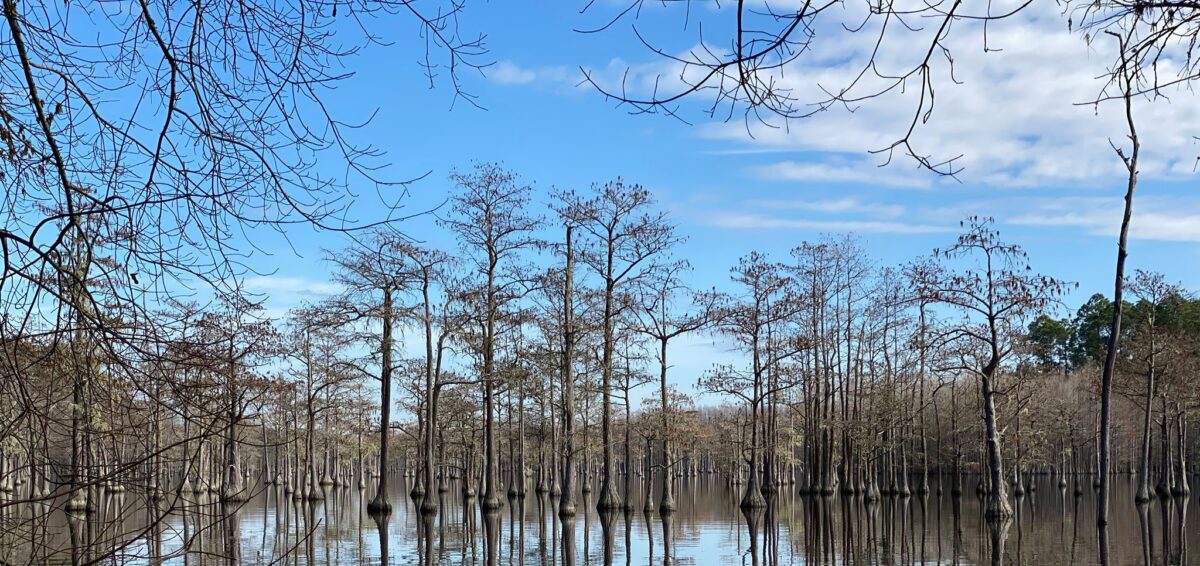A recent article in The Chicago Tribune is one cautionary tale after another for supporters (and any Power Purchase Agreement signers) of Plant Washington.
The Tribune and other news outlets have reported on the cost overruns, rates, and decades-long contracts that the cities and municipal power providers contracted with Prairie State Energy Campus now find themselves drowning in. The Tribune’s article provides several current examples that communities and power purchasing agents of any size would be wise to consider.
Prairie State Energy Campus was announced with a $2B price tag. By the time construction began late in 2007, the Prairie State price was already $2.9B to construct. Plant Washington was announced in January 2008 with a $2.1B construction cost. In 2011 conservative independent estimates put Plant Washington construction costs at $3.9B.
Peabody Energy, the company behind Prairie State, shifted their financial risk to the contract holders. Peabody only has a five (5) percent stake in the plant because, according to the Tribune, Peabody “shifted most of the costs-and nearly all of the financial risks-to towns as small as 1,200 people.” Municipal leaders signed 28 year contracts for power purchases.
Most of the discussions and decisions about Prairie State were made behind closed doors the developer insisted upon. The Tribune reports, “Homeowners and other ratepayers have largely been kept in the dark about the higher costs. Municipal contracts with the coal plant’s operator require ‘any information of a technical, commercial or business nature’ be kept confidential from all but a few officials. Meeting minutes show that discussions about the plant mostly take place in closed-door executive sessions.” (emphasis added)
Washington EMC (WEMC) does not have open contract review for the co-op member/owners or any policies prohibiting no-bid contracts for any length of time. The WEMC Board of Directors refuse to hold open meetings, even where the members could just listen to the discussions, despite repeated requests from the member/owners. The owner/members don’t know about contracts until their co-op Board has already signed them.
The small town leaders making decisions in the Prairie State area are much like those in Washington County: hard-working plant employees, farmers, business owners, bankers, and retirees. Betsy Zinser, a former commercial banker who raised questions about paying for Prairie State said, “These people are car mechanics and insurance salesmen, not energy experts.” She added, “They were bamboozled by Peabody and the municipal power agencies.” (emphasis added)
We’ve heard a lot of promises locally about how low our power bills could be if we support Plant Washington. My WEMC Board Representative, Billy Helton, told me over two years ago it would be “great” if we could get rates of less than 10 cents an hour with Plant Washington . That would be great. The problem is there isn’t one pro forma review or independent analysis of Plant Washington in existence that makes the case for such low numbers. Hanging your hopes on a low number that sounds good isn’t sound business. Instead it is “cross your fingers” decision making.
Prairie State supporters sure did that, including leaders in St Charles. They’ve seen their power costs go up 51 percent as a result of contracts with Prairie State.
Prairie State Energy ratepayers know all too well how their story is unfolding: local leaders making decisions beyond their scope of knowledge, local dollars tied up for decades in an outdated investment, and power bills that have soared beyond even the most outlandish expectations. The only person not wringing their hands over Prairie State is the developer. Peabody made sure their monthly power bills and money weren’t tied to their new project.
Following in the path of Prairie State Energy is just like reading the same book over and over again hoping for a different ending each time. We already know how the story will end.



 just to construct it won’t be going down.
just to construct it won’t be going down.










 They weren’t smiling, and they seemed to want to debate and record people rather than participate. Clearly they weren’t there because of passion, and their sad, plain flyer with pro fossil-fuel data identified them as the hired hands the industry pays and outfits for events which threaten their profits.
They weren’t smiling, and they seemed to want to debate and record people rather than participate. Clearly they weren’t there because of passion, and their sad, plain flyer with pro fossil-fuel data identified them as the hired hands the industry pays and outfits for events which threaten their profits.
